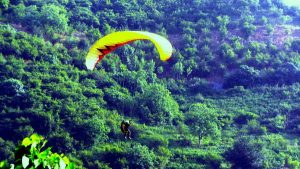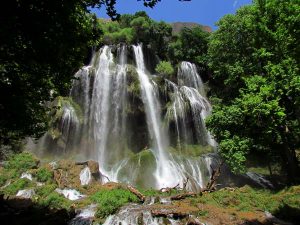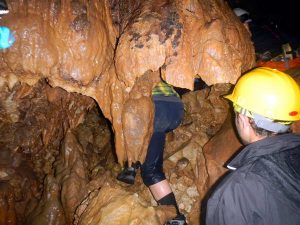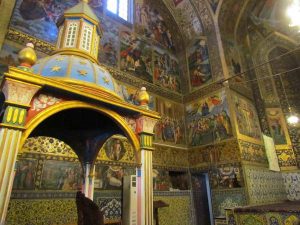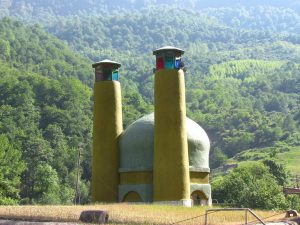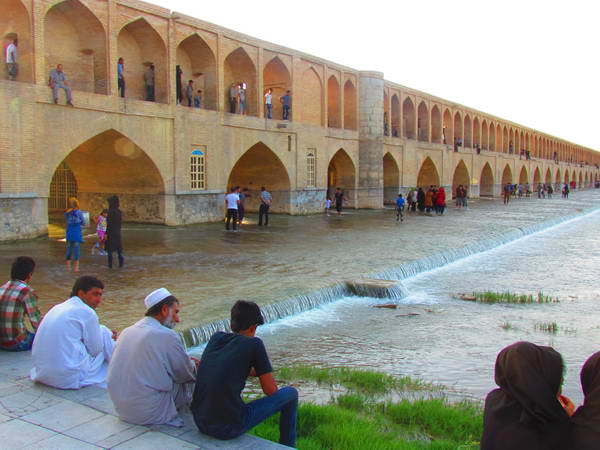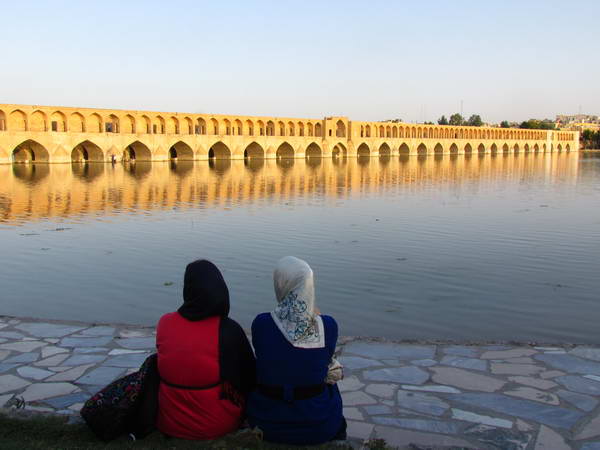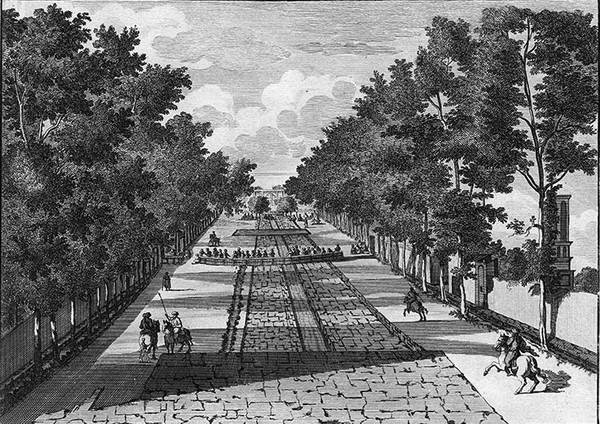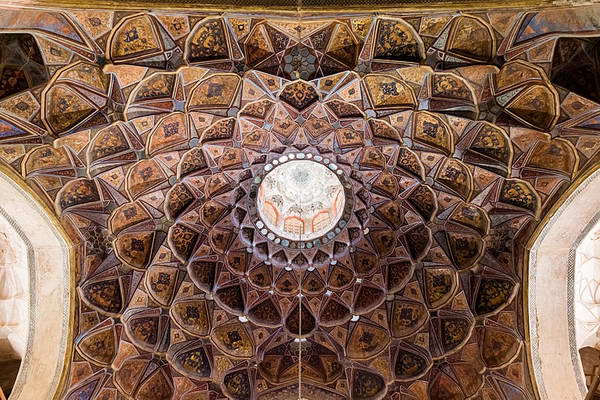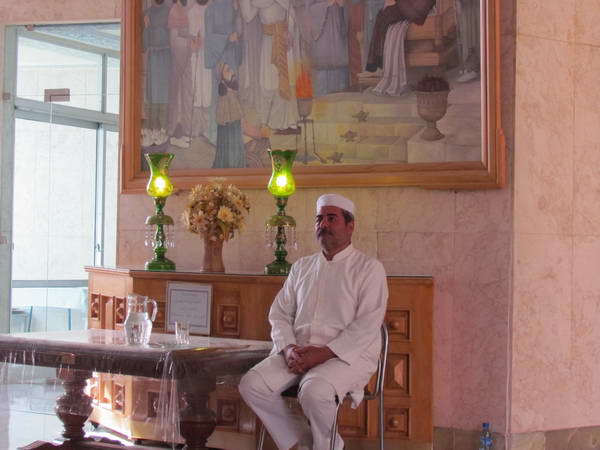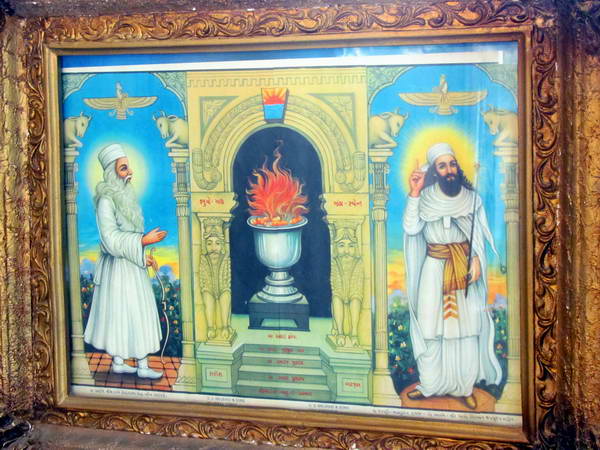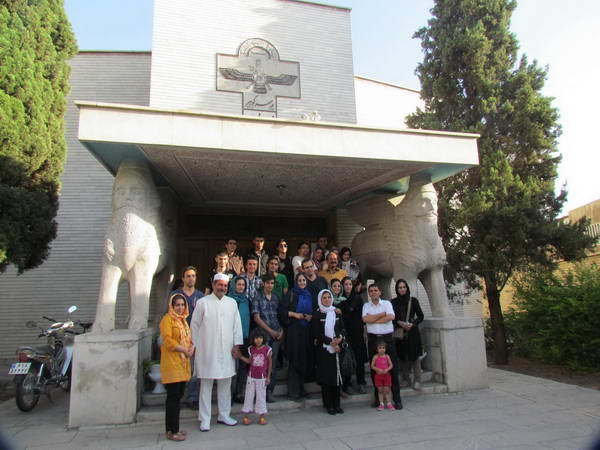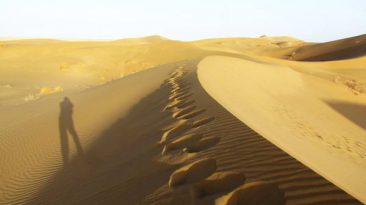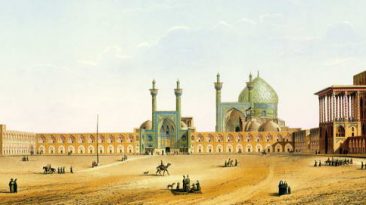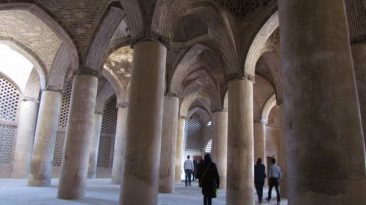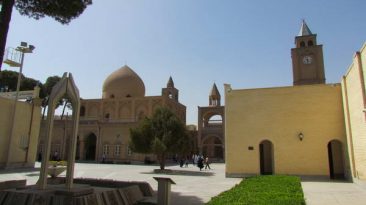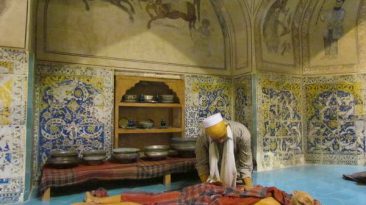I have dedicated our fourth tour in Isfahan to visiting historical monuments along the Zayandeh Rud. In this tour, in addition to visiting the historical bridges of Si O Se Pol and Khajoo, we also visit Chahar Bagh Street and Hasht Behesht Palace, with a rest in the beautiful Rajaei Park. Then we will visit the Zoroastrian Fire Temple house.
Si O Se Pol bridge, a masterpiece of architecture in Iran and the world
Si O Se Pol bridge (Allah Verdi Khan Bridge) is a historical bridge in the city of Isfahan, which was built by Allah Verdi khan Gorji, Sardar of shah Abbas I Safavid. This bridge has 33 spans, 295 meters long and 14 meters wide. The date of construction of Si O Se Pol bridge is 1005 AH and coincides with the date of construction of Chahar Bagh Abbasi Street.
Si O Se Pol bridge is located between Chaharbagh Abbasi and Chaharbagh Bala. Si O Se Pol bridge is considered a masterpiece of architecture and bridge construction in Iran and the world.
The architect of the Si O Se Pol bridge is master Hossein Bana Isfahani, whose son Mohammad Reza Isfahani also built the Sheikh Lotfollah Mosque. Although bridges are usually built in narrow sections of a river, but to build Si O Se Pol bridge, Master Hossein Bana Esfahani chose the widest part of the Zayandeh Rud River, because this part of the river was flowed in a shallow, wide and calm bed.
Si O Se Pol bridge is built on two floors. Stone is used to make the lower part of bridge and bricks, mortar and plaster are used for making the upper part of this bridge. The bridge is built in a way that moisture increases its durability and strength, and water can not damage it in the long run.
Google map link of Si O Se Pol Bridge
Khajoo Bridge, one of the most beautiful historical bridges
Khajoo Bridge that was built in 1060 AH is one of the mansions of Shah Abbas II Safavid in Isfahan. The bridge is 133 meters long and 12 meters wide. Khajoo Bridge, was considered one of the most beautiful bridges in the world during the Safavid period.
Khajoo bridge has 24 spans made of stone cubes. Khajoo is one of the bridges that has played a role in regulating the flow of water in the river due to the presence of a gate or valve under each of its arches. When the gates of the bridge were closed, the water level at the back of the bridge rose and created an artificial lake to facilitate irrigation of the gardens and fields downstream.
Between each of the east and west sides of Khajoo Bridge, a building has been built, which includes some rooms that were decorated with paintings and their arches were beautifully decorated with tiles. Therefor Khajoo Bridge is more famous than other historical bridges on Zayandehrud. This mansion in the middle of Khajoo Bridge is called “Shahneshin” and at that time was the place of nobles and emirs who were invited to this place to watch swimming and boating competitions on the artificial lake.
Google map link of Khajoo Bridge
Chahar Bagh Abbasi Street, a historical street from the Safavid period in Isfahan
Chahar Bagh Abbasi Street is one of the main and historical streets of Isfahan, which is located in the center of Isfahan along the north to the south.
The streets of Chahar Bagh in Isfahan are in three parts called Chahar Bagh Abbasi, Chahar Bagh Bala and Chahar Bagh Pa’in. Chahar Bagh Abbasi Street, which is located between two other Chahar Baghs, is located next to the historical monuments of Isfahan. Si O Se Pol bridge is located between Chahar Bagh Abbasi and Chahar Bagh Bala.
Chaharbagh Abbasi and Chaharbagh Bala were designed and executed in the era of Shah Abbas I and the approximate date of its construction dates back to 1000 AH (1591 AD). Chahar Bagh Pa’in was added to Chaharbaghs during the reign of Reza Shah Pahlavi and with the same design.
At present, Chaharbagh Abbasi Street has become an all-sidewalk, and Isfahan Municipality is trying to reconstruct the architectural design of this street as its original architecture in the Safavid period.
Google map link of Chahar bagh Abbasi St.
Hasht Behesht Palace, Isfahan
Hasht Behesht Palace is a historical palace in the city of Isfahan, which was built during the reign of Shah Suleiman the Safavid in 1080 AH.
Hasht Behesht palace was built in the middle of a large garden. This two-story building with beautiful arches and many decorations is one of the brilliant examples of Safavid architecture. The central part of the palace is built in the form of four porches. The ceiling of this building is covered with colorful and well-designed gypsum moqarnas. The rooms of second floor of Hasht Behesht Palace that are in the four corners of the mansion are decorated with plaster decorations and paintings.
Google map link of Hasht Behesht Palace
Rajaei Park, Isfahan
Rajaei Park is a large and nice park adjacent to Chaharbagh Abbasi Street in Isfahan with large, tall and beautiful trees. The historical Hasht Behesht Palace is also located inside this park.
The large area of this park is charming and beautiful. A long pool of water with fountains in the style of Persian gardens complements the beauty of this park.
Rajaei Park is located between Chaharbagh Abbasi and Goldasteh Street. Its northern side reaches Darvazeh Dolat Square (Imam Hossein Square) and its southern side is adjacent to the Art Bazaar and Shah Abbas Hotel.
Google map link of Rajaei Park
Zoroastrian Fire Temple of Isfahan
Isfahan Zoroastrian Fire Temple (or Adorian) is a house in Isfahan in Sichan neighborhood of Isfahan city which is the place of worship of Isfahan Zoroastrians and the place of their holy fire. This relatively new building is located on Nazar Street in Isfahan and the Zoroastrian cleric of this place is ready to provide explanations to visitors. Zoroastrians of Isfahan are a part of Zoroastrians in Iran.
The entrance of the fire temple building has stone columns with the image of a lion. The holy fire of Zoroastrians is lit inside a cup inside the hall of this place. According to Zoroastrians, fire is a symbol of light and purity. Zoroastrians, like the people of pre-Islamic Iran, consider the four elements of soil, water, wind, and fire to be elements in nature that are forbidden to be disrespected.
A large painting on the wall in the hall of this house shows the prophet Zarathustra next to Garshasb Shah. Garshasb is the same kingdom that believed in Mithraism (Zoroastrianism).
To visit this place and listen to the words of the Zoroastrian priest, you must first coordinate by phone.
Google map link of Zoroastrian Fire Temple

